Mythology is full of monsters. Grotesque beasts, monstrous spirits, giant creatures wreaking havoc on the humble folk trying to make their life on the land. It seems humans of disparate origins share some inherent preoccupation with such monsters. One such was described by Homer in the Iliad: "she was of divine stock not of men, in the fore part a lion, in the hinder a serpent, and in the midst a goat, breathing forth in terrible wise the might of blazing fire." Thus, the chimera was born (or, at least, described). Like many of our mythological monsters, she is a vulgar being, forged of some unnatural union between creatures that should never intermix. Or so we might think.
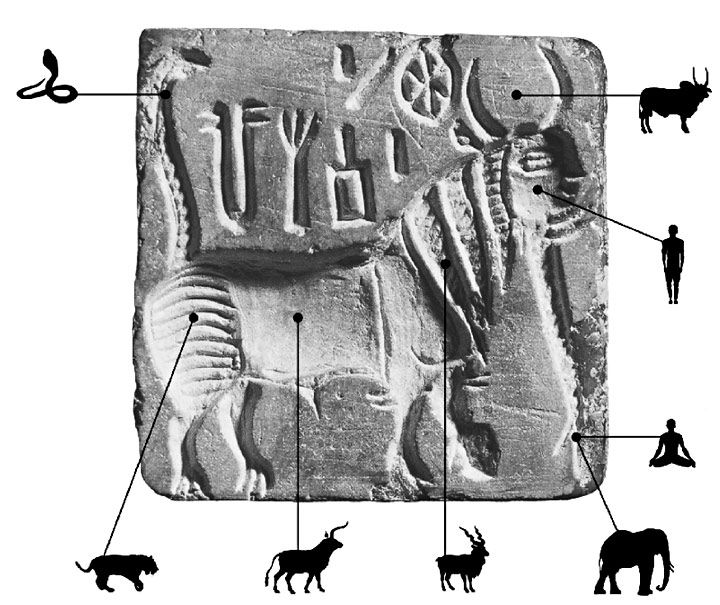
In the millenia since the birth of the chimera, the term has taken on new meanings, across mythology, literature, and biology to more abstractly describe a hybrid creature. But it still retains some of the mysticism of its origins – the fire-breathing lion/serpent/goat conjured to strike fear into the hearts of men. A term rich with layered meanings, the chimera always hints and something deeper to be excavated. How does the chimera come to be? In what ways do its distinctive parts work together? And why is our primary reaction to the chimera so often disgust or horror?
We’re growing the Chimeras Collective, motivated by these questions. We believe that exploring mythology – the stories we tell ourselves during a particular time period – goes hand in hand with exploring science – the ways we answer questions about how meaning is made and molded – and exploring embodiment – how understanding happens through the sensory body instead of the mind. Somewhere within the triangulation of science, art, and technology, our chimeric spaces ask: Can science be embodied? Can wonder be a practice? Can creatures be collaborators?

All around us are creatures. Are monsters, are chimeras. While we draw inspiration from the chimera’s roots in ancient mythologies, we’re more interested in navigating our troublesome present than dwelling in a fantastical past. What the Greek Chimera points us towards is an old-as-time anxiety that has deep roots in human experience. That is, tied up in the terrible image of the fire-breathing lion-serpent-goat is a human fear of boundary-crossing. Our expectations about the boundedness of creatures or beings gets troubled by the figure of the chimera, which points towards our inevitably patchwork existence. When a culture tells stories of fearsome beasts – frequently feminized – it illuminates the inherent biases and contradictions within that culture. The Greek Chimera may not feature prominently in contemporary spiritual practices, but the enduring presence of the chimera as a concept shows us that something within us is fundamentally unsettled by the existence of hybrid beings.
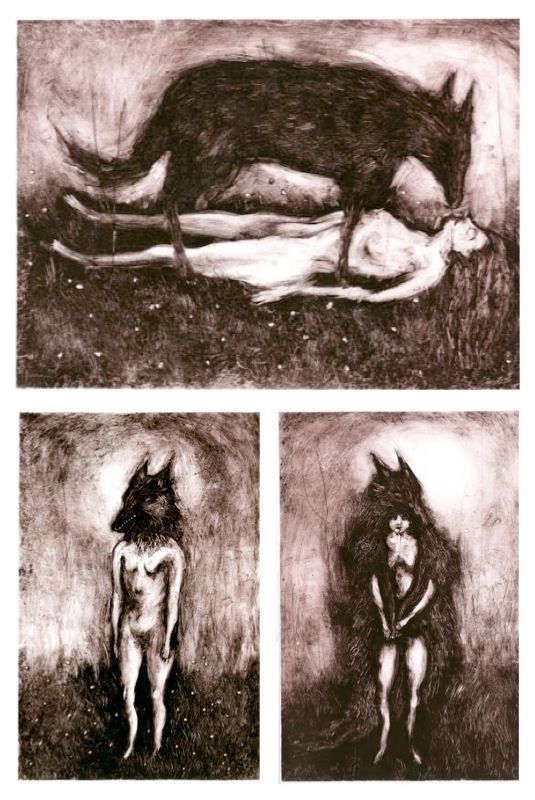
But perhaps we shouldn’t be so unsettled. Perhaps we’re “all in chimeric borderlands where new forms of life are emerging” already, as queer theorist Eva Hayward puts it. Our unease at the existence of the hybrid monster is tangled with our own assumptions of bounded individuality. While modernism has taught us that humans are exceptional beings at the top of the evolutionary ladder, a simple look at the incredible diversity and utility of our microbiomes troubles the idea that we work alone. In shifting towards an understanding of ourselves as porous creatures, we can learn to embrace our inherently chimeric nature. In the chimeric borderlands, boundaries dissolve, order yields to wildness, and identity is made malleable. In the chimeric borderlands, we begin to understand ourselves as interdependent with others, as hybrid creatures in our own right. As Chimeras Collective, we want to take you there.
In contemporary vernacular, the chimera takes on new meanings. Genetically, chimeras are organisms that contain disparate parts, partially autonomous, thus existing as a hybrid organism while resisting totalization of one part into the other. The process of becoming a chimera occurs in myriad ways, frequently descending into some of the weirdest mechanisms biology has described. At the same time, though, chimeras are not as rare as they may seem. Fetomaternal microchimerism occurs when fetal cells pass through the placenta and establish lineages in the mother’s body. Even decades later, cells from the child remain a distinctive part of the body, found in places as far off as the brain. Any person who has given birth may be themselves a chimera, without even knowing it.
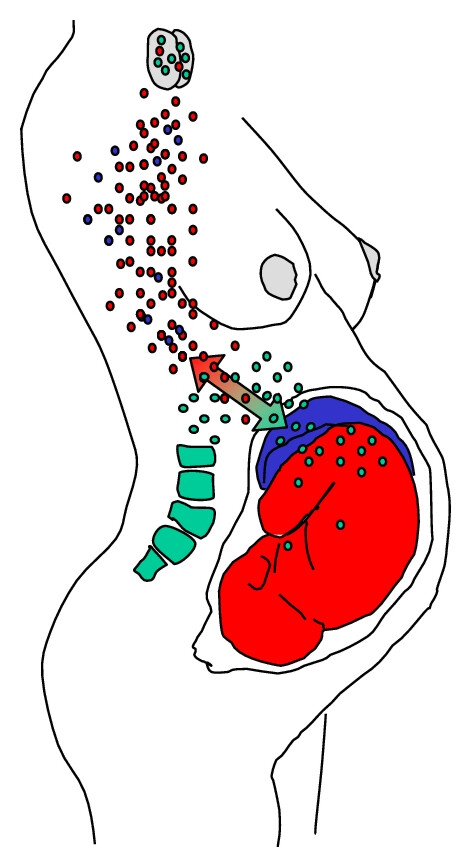
There’s something compelling about the seemingly ironic idea that a “natural” birth may transform one into a chimera, a figure conceived of as unnatural and, therefore, threatening. It troubles discourse around trans bodies, in which an idealized naturalness becomes a weapon for conservative claims over bodily autonomy. It’s no coincidence that the Greek chimera is feminized. By othering the woman or trans person with a label of “unnatural,” people in power are thus able to position themselves as superior. As non-chimeras, they are the pure and natural counter to the grotesque chimeric monster. But calling chimerism unnatural is laughable. Evidence of the evolutionary utility of chimerism abounds within the more-than-human world, from the sexual parasitism of anglerfish to the fusion of genetically distinct coral larvae. We humans are just caught up in a modernist idea of individuality that walls us from embracing the chimeras surrounding us.
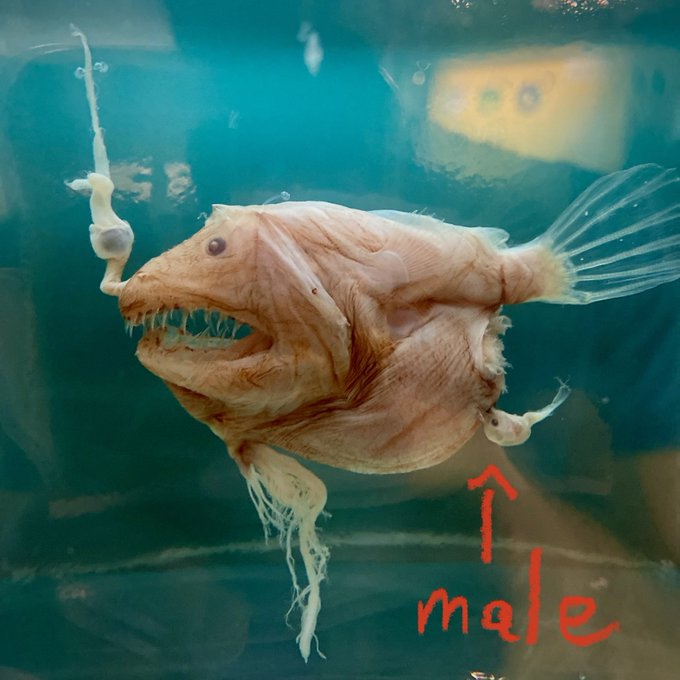
And we mean that literally; chimeras surround us. Our practice as Chimeras Collective is to open portals to the chimeric borderlands we are all already within, surfacing our eternal entanglement. As humans located in New York City, we believe that we’re too often seduced by a fantasy of a relationship to nature outside of our local ecology. Spending time in nature doesn’t have to mean taking a two hour train upstate, visiting a National Park, or losing yourself in the forest of Prospect Park. We ourselves are a part of nature, and the urban ecology of our city is found in every sidewalk crack, subway grate, and tree pit. It’s in these in-between spaces where the portals to chimeric borderlands are truly found, because life in the city is always a negotiation, a push and a pull between the ill-fated human attempts at control and the trickster weeds and vermin sneaking their way to the fore. In doing so, the creatures of our urban ecology form queer alliances across species and substance, embracing a hybridity of living that may bring us fright. Looking past our initial fear reaction when we see a scurrying rat or a troublesome weed, we might be surprised to find ourselves face to face with a more alive world, an animistic world, a chimeric world.
We are creatures, we are chimeras, and we are cyborgs. Our conception of nature should not be limited to that which is evidently biological, but instead recognize the material realities of our technologies, too. Our devices are of this earth, forged in mineral and brought to life each time we swipe or scroll. Metal, blood, spirit, dirt: these are the elements we work with as chimeras. Yet our methods are rooted in more wonder than dogma, more embodiment than intellectualization, more playground than seminar room.
Chimeras Collective spawns wild, whimsical gatherings and classes in our home city of NYC. As a response to the domineering modernist vision of a relationship to nature that takes the form of a gated-access national park or allegedly-pure retreat space, we embrace playful encounters with our urban ecology. While the current US administration rolls back environmental protections and opens new lands up for extraction, our resistance is in our dwelling within the indeterminate, relishing in our interdependence. These experiences may seem mundane or powerless against the machine of modernist progress. But our belief is that the chimera offers us a model, in which interspecies alliances facilitate a deep solidarity with the nonhumans currently threatened by human supremacy. Play connects us more deeply with our animal selves, our wild selves. And the wild is offering us a new way, as queer theorist Jack Halberstam notes: “If the wild has anything to tell us, it is this: unbuild the world you inhabit, unmake its relentless commitment to the same, ignore the calls for more, and agree to be with the wild, accept the wild, give yourself to the wild, and float or drown in its embrace.”
We float or drown together. We open portals together, and we transform into chimeras together. Through embodied science practices, new mythologies of hybrid futures, and awe-inspiring experiences of re-enchantment, Chimeras Collective will guide us there.
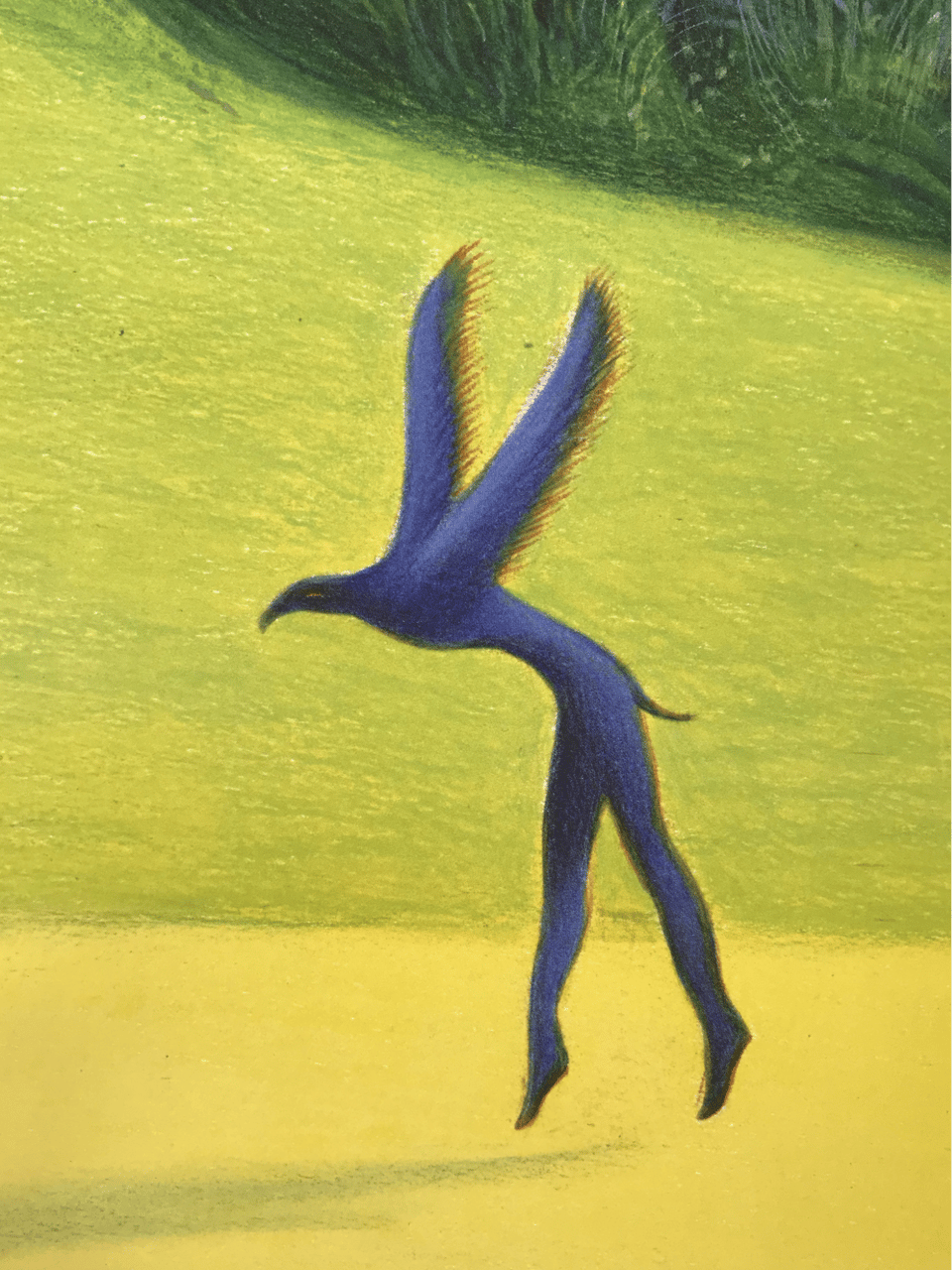
Join us! Chimeras Collective is diligently cooking up programming for a sweaty interspecies summer.
We have a few spots left for our seminar with the School of Radical Attention, CREATURES, in which we will attend to disgust as an experience by which we might grow a regenerative relationship with urban vermin. Enroll here!
And we just extended the deadline to apply for BECOMING CYBORG, a five session class-in-the-grass at Prospect Park in which we will develop practices of technological embodiment, melding mind and machine. Apply here!
Join us for a casual intimate hang with the core chimeras crew at our TEA TIME in Fort Greene Park on June 7. Link here!
An upcoming FIELD TRIP on Wednesday, June 25, with details to come!
We’ll be using this newsletter to send out dispatches on our learnings from classes and gatherings, our latest thoughts on the wild world of cyborg ecologies, and the latest in chimeraland. Stay tuned for more programming later this summer, and, as always, reach out to collaborate!
Yours in mud,
kyle + olivia
You just read issue #1 of Chimeras Collective. You can also browse the full archives of this newsletter.

